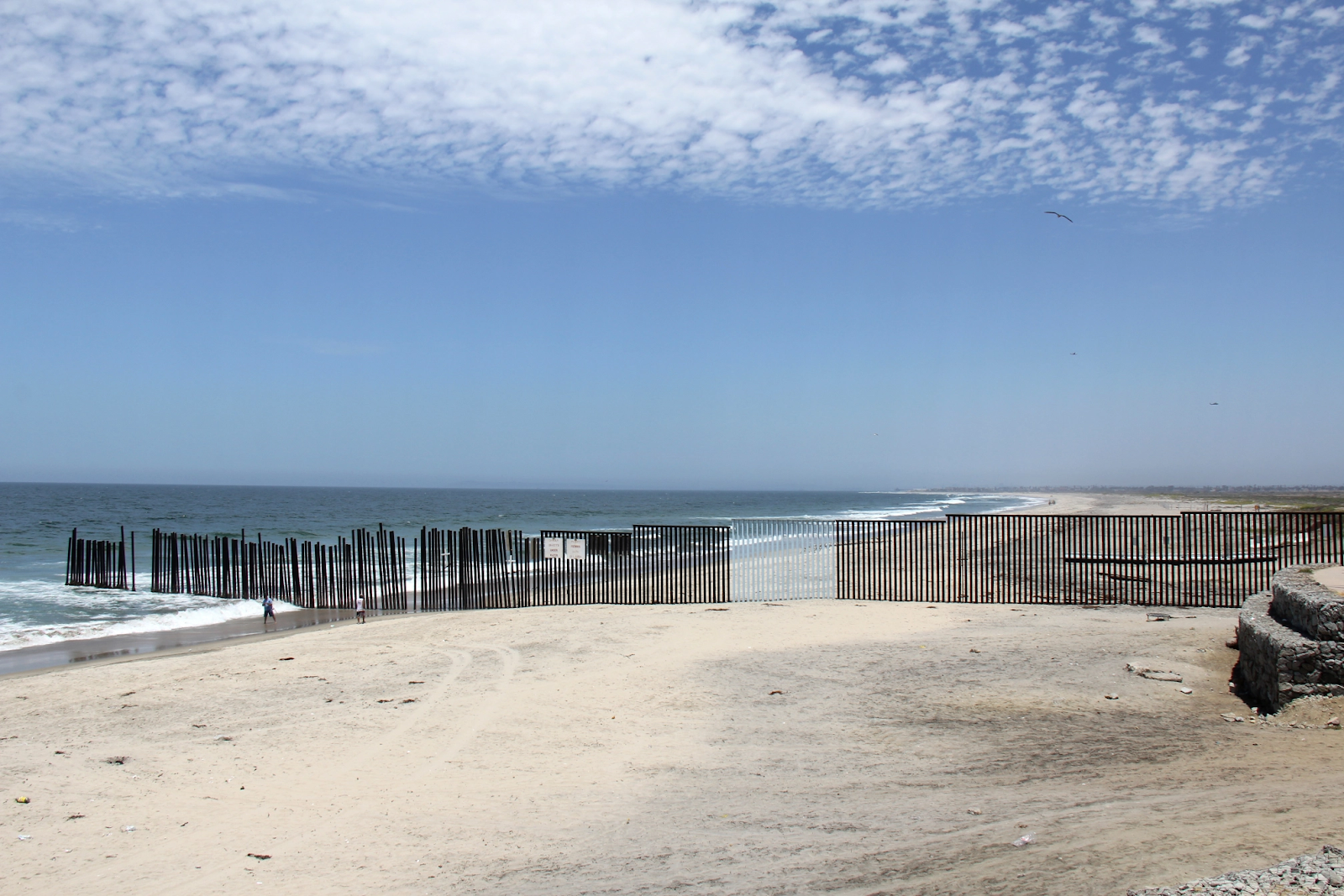
I have in the past posted on the use of various adhesive tapes as drawing materials and pointed to the fact that certain artists have used tapes as spatial barriers or to highlight an awareness of something. The making of warning signs is an aspect of visual communication that human beings have been doing for a long time, and other animals and plants have clearly been doing this for millions of years before we evolved. This issue lies at the heart of so much inter species and intra species communication, and is well worth spending some time thinking about how it might affect thinking about how we communicate, especially in a time of imminent danger and a worry about our relationship with an increasingly unstable world.
The use of lines to create closed boundaries in a set diagram
Barriers are also put up because an animal wants to signify that territory belongs to them and that it could potentially be dangerous to step into the space that is seen as belonging to them.
A territorial model of coyote populations. Location data for coyote from different packs denoted by different colours. Animals move avoiding foreign scent marks that are laid down by members of the various packs, as they do they define separate territories as clearly as humans do when setting out their territories.
In 2011 Ana Teresa Fernández worked to paint out the US–Mexican border at Tijuana. She did this dressed in a black cocktail dress and spike heels, using Martha Stewart living light blue exterior paint. As she painted out the harsh black lines of the fence, the newly painted barrier seems to disappear into the sky. However, despite the blue paint and transgressive intervention, the border fence still exists. The sea and the beach beyond the fence is the same sea and beach that exists on the side from which she paints it, a sign that it is the earth itself that has true unity and that the barrier's linear display of sovereign territoriality is one of hubris and is in many ways a disrespectful gesture to the Earth on which we live. As Renée Marlin-Bennett says, 'The blue paint that fades into the sky only makes the border look less ominous, and perhaps that is more sinister still: the barrier that cannot be seen is more dangerous than one that can be'. (Accessed from: https://theartsjournal.net/2019/10/27/marlin-bennett-2/)















Great blog post! I appreciate how you highlighted the importance of safety in construction sites. For those interested, consider using Underground Warning Tape. This tape effectively alerts workers to underground hazards, ensuring safety during excavation. Its bright colors and clear messaging help prevent accidents. A must-have for any project!
ReplyDeleteGreat post on Plastic underground warning tape I didn’t realize how important this material is until recently, especially when it comes to protecting underground utilities. The fact that these tapes are highly visible, durable, and can withstand harsh weather conditions makes them an essential tool for ensuring safety during construction or maintenance work.
ReplyDeleteI love that plastic underground warning tapes are available in bright colors and bold, clear messaging, making it easier to identify and avoid underground cables, pipes, or other infrastructure. It definitely adds an extra layer of safety to prevent accidental damage, which can be costly and dangerous.
Thanks for sharing this valuable information! I’ll keep this in mind for my upcoming construction project to make sure everything is properly marked and safe.
Warning Tape UAE is designed to withstand harsh environments. It’s an ideal solution for marking construction hazards, keeping workers safe, and maintaining compliance with safety regulations
ReplyDeleteThis comment has been removed by the author.
ReplyDeleteThe Jumbo bag plastic, also known as FIBC (Flexible Intermediate Bulk Containers), are heavy-duty polypropylene bags designed for the efficient storage and transportation of bulk materials. They offer high load-bearing capacity, durability, and resistance to moisture, making them ideal for industries such as agriculture, construction, chemicals, and food processing. With various designs, including U-panel, circular, and baffle bags, PP Jumbo Bags provide a cost-effective and reliable solution for handling large quantities of dry goods.
ReplyDeleteThe Polypropylene price are lightweight, durable, and versatile plastic sheets known for their excellent chemical resistance, impact strength, and recyclability. They are widely used in packaging, signage, automotive, and industrial applications due to their moisture resistance and ease of fabrication. Available in various thicknesses and colors, PP sheets are an ideal choice for cost-effective and sustainable material solutions.
ReplyDeleteIf you plan on producing 50-100 boxes, find someone who can print on that weight of Hansepack24 and hand you the stack of them. You need a front and a back.
ReplyDeletehansepack24 gmbh
The pond liners have a wide variety of uses, and can be found in many different industries. For instance, in agriculture, HDPE liners are most often installed for farm ponds intended for water harvesting and irrigation uses.
ReplyDelete